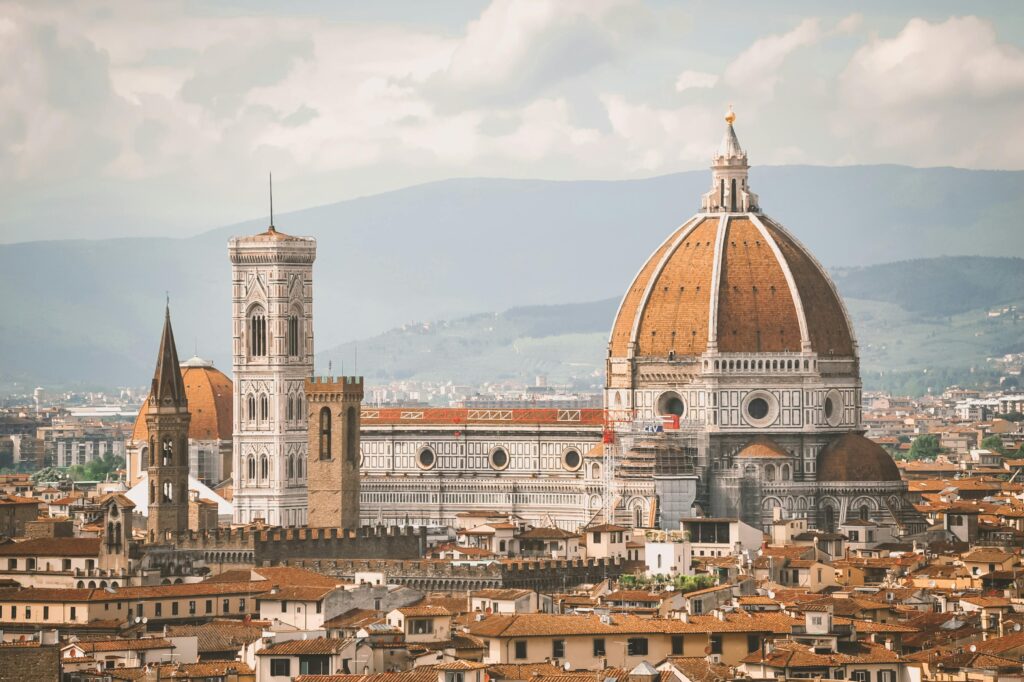Italy faces growing challenges due to mass tourism. Not only major cities like Rome, Venice, and Florence are overwhelmed, but even remote natural areas like the Dolomites are feeling the strain. The surge in visitors, especially around the Tre Cime di Lavaredo, has reached unsustainable levels. Now, local authorities are planning measures to control the influx.
Restrictions in the Dolomites to Protect Nature and Heritage
The message “Tourists go home!” is no longer limited to city walls in Venice. It has now appeared on rock faces in the Dolomites as well. Last summer, a hiker photographed this graffiti near the Tre Cime di Lavaredo and shared it online. While he condemned the vandalism, many locals sympathized with the frustration behind it. More and more residents feel overwhelmed by the sheer volume of visitors.
During peak summer days, the number of tourists in the Dolomites is staggering. As many as 14,000 visitors crowd the trails, leading to long queues and congested paths. Even the toll road to the Auronzo Hut, used by 65,000 vehicles annually, struggles with traffic jams—despite a €30 fee.
Local authorities are now determined to act. “Our fragile mountain landscape cannot handle these visitor numbers anymore,” officials stated in a joint declaration. They are particularly worried about the UNESCO World Heritage status that the Dolomites have held since 2009. If overcrowding continues, this prestigious recognition could be revoked.
To address the issue, several measures are under consideration. Officials may increase ticket prices for the shuttle bus from Toblach to the Auronzo Hut. They are also debating daily visitor limits and a mandatory reservation system. Additionally, plans to improve public transport and traffic regulations aim to ease the burden on the area.
Italian Cities Crack Down on Short-Term Rentals
While the Dolomites prepare new restrictions, Italy’s major cities have already begun enforcing stricter rules. In Rome, special task forces with cutting tools and bolt cutters are now removing illegal Airbnb key boxes. These small lockers allow tourists to access accommodations without meeting the host, but the government under Giorgia Meloni recently banned them. Moving forward, landlords must personally check in guests and verify their identification.
The rapid expansion of short-term rentals has reshaped the urban housing market. Rome alone now has 34,000 Airbnb listings with 130,000 guest beds. This boom has not only hurt traditional hotels but also made affordable housing scarce. Locals, especially students, struggle to find reasonably priced apartments. According to the Italian Ministry of Tourism, there are 570,000 short-term rentals nationwide, though many remain unregistered.
“We are not against Airbnb, but we want fair competition,” said Alessandro Onorato, Rome’s tourism commissioner, in an interview with Corriere della Sera. However, the real challenge remains: How can Italy regulate tourism without damaging its economy? In the coming years, officials must strike a delicate balance between preserving cultural and natural heritage while maintaining the country’s position as a top global travel destination in Europe.
